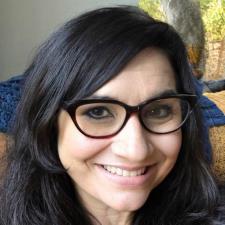
Liz A. answered • 10/05/24
Expert Art Tutor
To maintain a traditional, hand-drawn feel in digital illustration, artists can use the following techniques and tools:
- Custom Brushes: Many digital programs like Adobe Photoshop and Procreate allow artists to create or download custom brushes that mimic traditional media such as pencil, ink, or watercolor. These brushes add texture and organic imperfections that make the artwork feel more hand-drawn.
- Layer Textures: Overlaying textures like paper grain or canvas effects can help create a tactile quality that resembles traditional materials. Applying textures subtly across layers or at the final stage can give illustrations that real-world feel.
- Opacity and Flow Adjustments: Adjusting the opacity or flow settings of brushes can simulate the variability found in traditional media. For example, using lower opacity mimics the look of watercolor washes, while playing with flow mimics brushstrokes in ink or paint.
- Hand-Made Elements: Some illustrators will scan or photograph textures, sketches, or brushstrokes they've made traditionally and incorporate them digitally. This helps retain a raw, handcrafted look while working in a digital medium.
- Imperfect Lines and Edges: Embracing imperfections in line work by using non-symmetrical strokes or adding slight "wobbles" can create a more authentic, human touch.
- Limited or Layered Color Palettes: Using a muted or more controlled color palette with traditional color blending methods (like wet-on-wet or glazing effects) can evoke the same feelings as traditional media.
- Pressure Sensitivity and Tilt Functions: Most drawing tablets offer pressure sensitivity, which allows for varied stroke widths and opacity levels based on pressure, much like a traditional brush or pen. Tilt functions mimic the way pencils or charcoal would behave at different angles.
- Use of Blend Modes: Experimenting with different blend modes in layers can create painterly effects, similar to layering real paints or inks.
These techniques bridge the gap between digital and traditional illustration, allowing artists to blend modern tools with classic artistic aesthetics.




